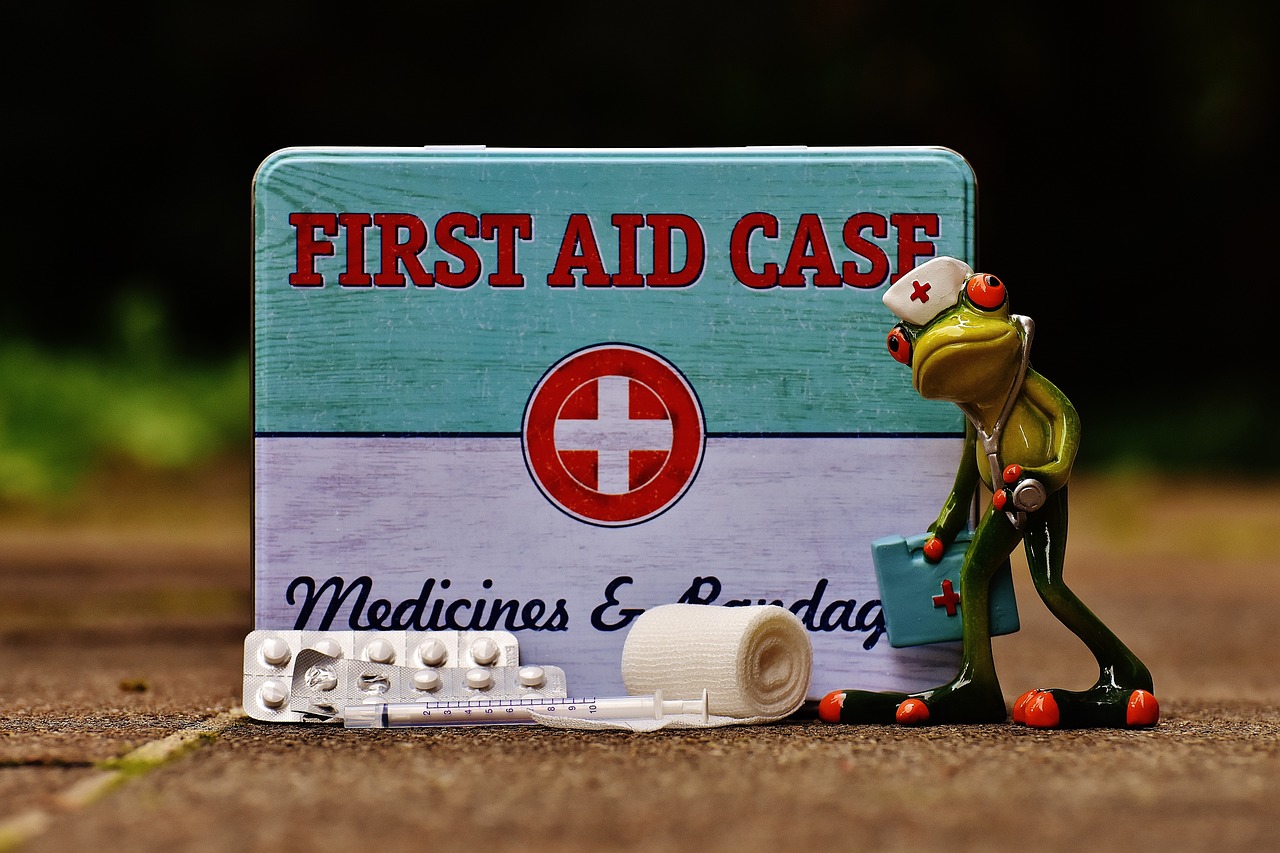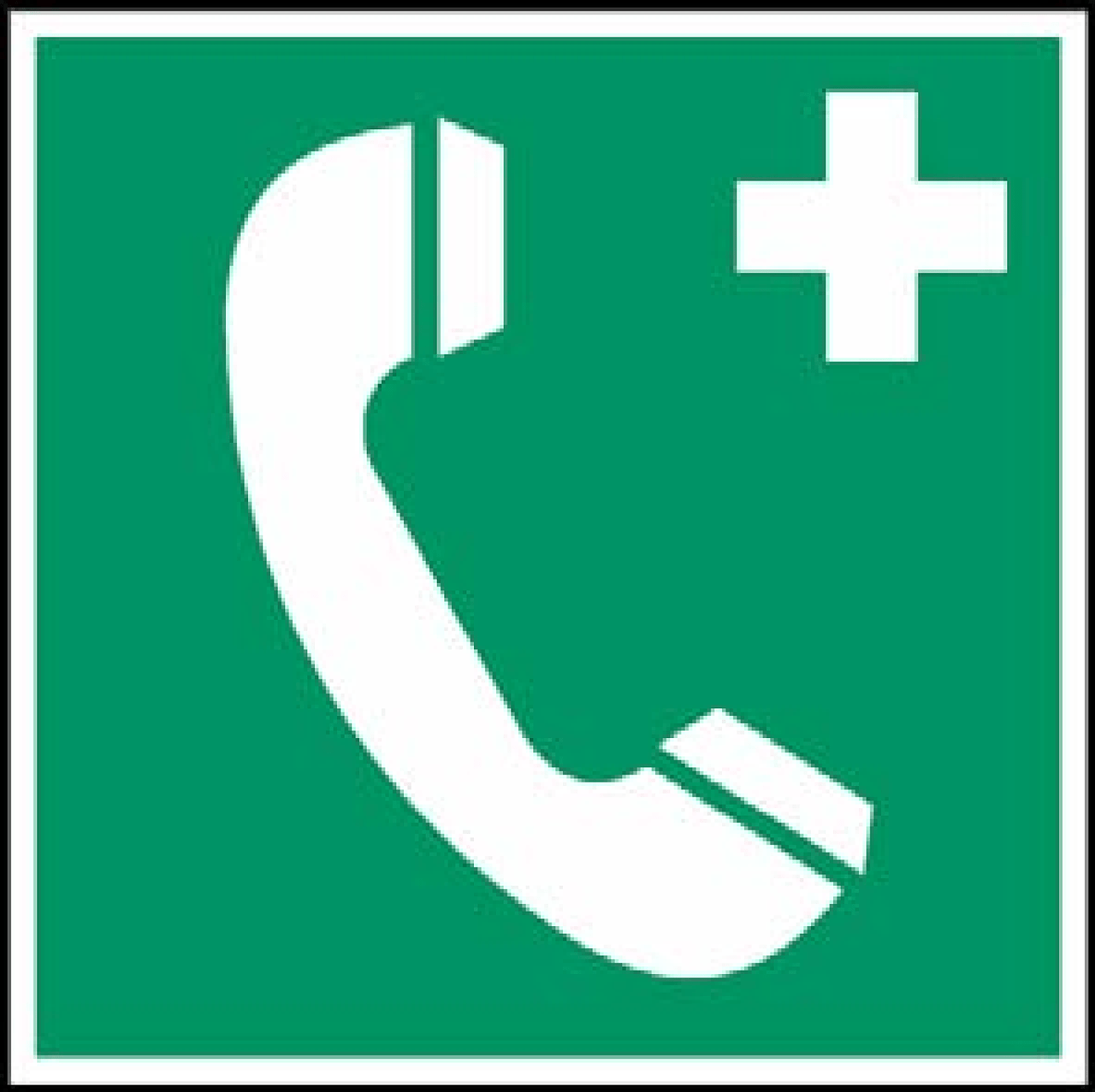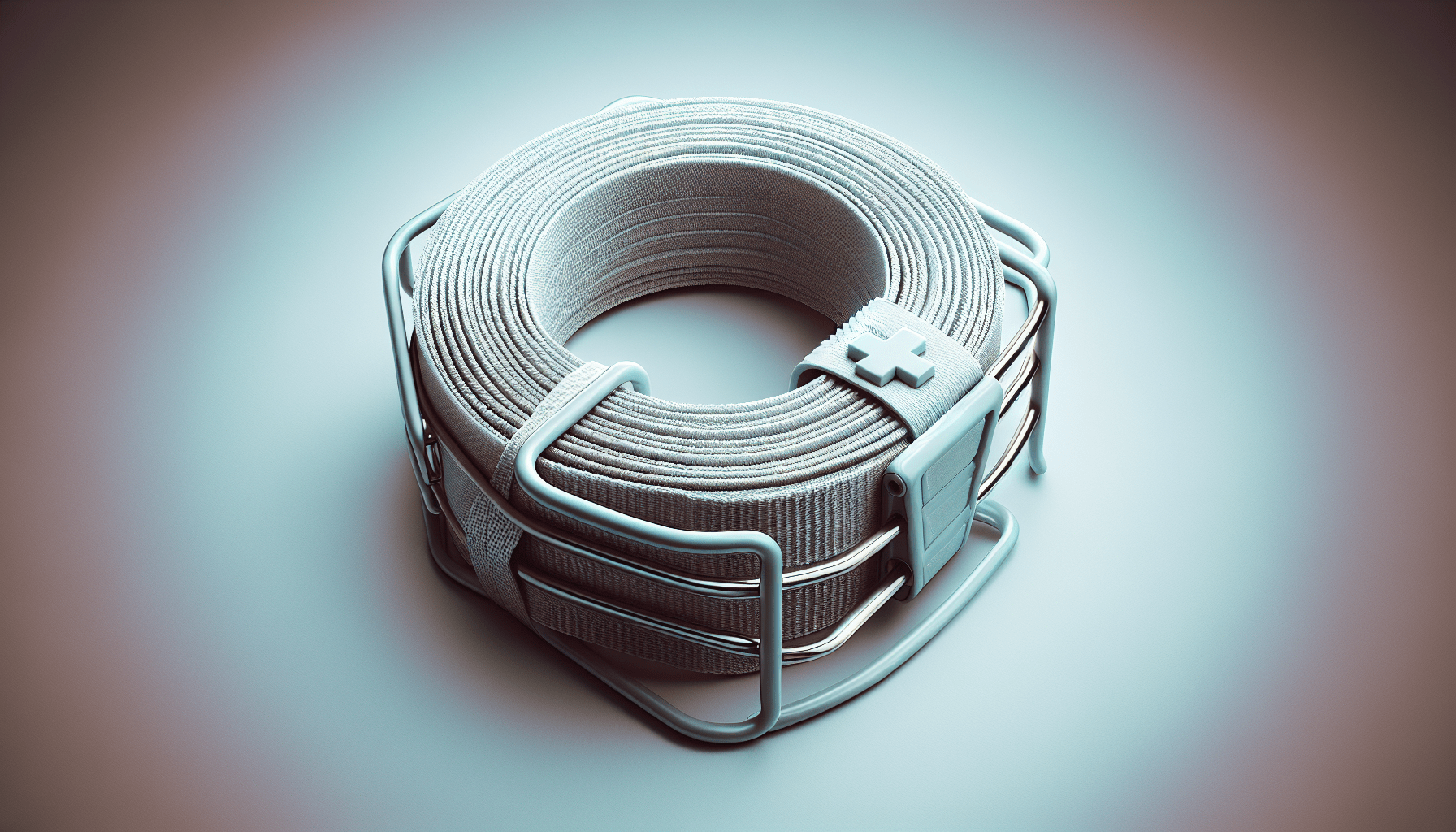In this article, you will discover the most effective techniques for using a tourniquet in emergency situations. Whether you are faced with a severe bleeding wound or assisting someone in need, understanding the best ways to utilize this medical device can be crucial in saving lives. From proper placement and tightening to monitoring and signaling for help, this comprehensive guide will equip you with the knowledge and skills needed to effectively apply a tourniquet when it matters most.

Immediate response
When faced with a severe bleeding injury, it’s crucial to act quickly. The immediate response should include applying direct pressure to the site of the bleeding, elevating the injured limb, and using a tourniquet if bleeding is uncontrolled.
Apply direct pressure
Direct pressure is the first step in controlling bleeding. Use your hands or a clean cloth to apply firm and steady pressure directly on the wound. This helps to stem the flow of blood and aids in clot formation.
Elevate the injured limb
Raising the injured limb above the level of the heart can help reduce blood flow to the affected area. This can be done by propping the limb on a pillow or any available support. Elevating the limb helps to minimize blood loss and slow down the bleeding.
Use a tourniquet if bleeding is uncontrolled
In cases where direct pressure and elevation are not enough to stop the bleeding, using a tourniquet becomes necessary. A tourniquet is a device that applies pressure around the limb, compressing the blood vessels and stopping the blood flow. It should only be used as a last resort when bleeding is uncontrolled and life-threatening.
Correct tourniquet application
When using a tourniquet, it is essential to follow the correct application procedures to ensure its effectiveness and minimize potential complications.
Choose the right tourniquet
Selecting the appropriate tourniquet is crucial for successful application. There are various types of tourniquets available, including windlass-style, ratcheting, and elastic tourniquets. Each type has its advantages and disadvantages, so it’s essential to choose one that suits the situation and your level of training.
Follow the manufacturer’s instructions
Always refer to the manufacturer’s instructions when using a tourniquet. These instructions provide step-by-step guidance on how to apply the device correctly. Following the manufacturer’s guidelines ensures the tourniquet is applied safely and effectively.
Apply the tourniquet proximal to the bleeding site
When applying the tourniquet, it should be positioned proximal to the bleeding site, between the wound and the heart. Placing the tourniquet closer to the wound can be ineffective and increase the risk of complications. The aim is to control arterial blood flow from reaching the injured area.
Tighten the tourniquet until bleeding stops
Once the tourniquet is correctly positioned, it needs to be tightened until the bleeding stops. This might require significant pressure, but it’s essential to apply the necessary force to completely occlude the blood vessels. It’s worth mentioning that it is normal to hear the injured person express pain during this process.
Monitoring
After applying a tourniquet, it is crucial to continue monitoring the injured person to ensure their well-being and prevent complications.
Check for distal pulse
Once the tourniquet is in place, regularly check for the presence of a distal pulse beyond the site of application. This indicates whether the tourniquet is effectively stopping blood flow while ensuring proper circulation to the rest of the limb. If a distal pulse is absent or diminishes significantly, adjustments to the tourniquet may be required.
Monitor the time a tourniquet is in place
It is important to record the time when the tourniquet was applied. Leaving a tourniquet in place for an extended period increases the risk of complications such as nerve damage and tissue ischemia. To minimize these risks, the tourniquet should only be left on for as long as absolutely necessary, and medical help should be sought as soon as possible.
Record the application time
Documentation is essential when dealing with a medical emergency. Record the exact time the tourniquet was applied, as this information will be valuable to healthcare professionals when providing treatment. It allows them to gauge the duration of tourniquet use and make informed decisions regarding care.
Avoiding complications
Proper tourniquet application is vital to avoid complications that can arise from inadequate or incorrect usage.
Secure the tourniquet properly
Ensure that the tourniquet is securely fastened in place. Loose or unstable tourniquets can easily become dislodged, resulting in uncontrolled bleeding. Regularly check the tightness and position of the tourniquet to maintain its efficacy.
Release the tourniquet every 15-30 minutes in case of prolonged use
If a tourniquet must be left in place for an extended period, it is crucial to release and reapply it every 15-30 minutes. This temporary relief allows blood flow to return briefly, reducing the risk of tissue damage. However, be cautious when releasing the tourniquet, as sudden rebleeding may occur.
Never cover the tourniquet with bandages or clothing
To ensure the tourniquet remains visible and easily accessible, it should never be covered with bandages or clothing. This precaution prevents accidental removal or misplacement, ensuring that medical professionals can quickly identify and manage the tourniquet if needed.

Emergency medical service communication
When faced with a severe bleeding injury and the use of a tourniquet, it is essential to communicate effectively with emergency medical services (EMS) to ensure the injured person receives the necessary care.
Contact emergency services
As soon as possible, call emergency services to report the situation and request immediate assistance. Provide clear and concise information about the severity of the injury and the application of a tourniquet. Keep the line open until EMS personnel arrive to receive additional instructions or guidance.
Provide accurate information about the tourniquet application
When communicating with EMS, provide accurate details about the type of tourniquet used, the duration of its application, and any adjustments made. Accurate information assists healthcare professionals in making informed decisions about the injured person’s immediate and ongoing care.
Tourniquet removal
Once professional medical help arrives, the tourniquet should be removed appropriately to prevent rebleeding and minimize complications.
Apply pressure on the proximal side while releasing the tourniquet
Before removing the tourniquet, apply pressure to the proximal side of the tourniquet site. This helps to maintain control over blood flow and prevent sudden rebleeding. With the pressure still applied, slowly release the tourniquet and observe the wound for any signs of renewed bleeding.
Monitor for rebleeding
After removing the tourniquet, closely monitor the wound for any signs of rebleeding. If bleeding recommences, apply direct pressure to the site while seeking medical assistance. Remember, the tourniquet is a temporary measure, and medical evaluation is necessary to address the underlying cause of the bleeding.
Clean the wound and apply dressing
Once the bleeding is under control, clean the wound with a sterile solution and apply an appropriate dressing. This helps to prevent infection and promote the healing process. If the wound is severe or deep, it is important to seek professional medical care for further evaluation and treatment.

Seeking medical help
After controlling the bleeding and removing the tourniquet, it is crucial to seek professional medical help to ensure proper evaluation and treatment.
Medical evaluation is necessary
Even if the bleeding has stopped and the wound appears to be under control, it is essential to seek medical evaluation as soon as possible. A healthcare professional will be able to assess the extent of the injury, address any internal damage, and provide appropriate care.
Inform healthcare professionals about tourniquet usage
When seeking medical assistance, it is important to inform the healthcare professionals about the application and removal of the tourniquet. Providing accurate information allows them to assess the potential impact of tourniquet usage on the injured person’s condition and guide subsequent treatment.
Professional training
To confidently and effectively use a tourniquet, receiving proper training is essential.
Receive proper training on tourniquet application
Seek out certified training courses in first aid, emergency response, or basic life support that specifically cover tourniquet application. Proper training ensures you understand the correct techniques, potential risks, and limitations of using a tourniquet. It also helps to build confidence in managing severe bleeding situations.
Regularly refresh knowledge and skills
Once you have undergone training, it is important to refresh your knowledge and skills regularly. Practice tourniquet application techniques periodically to ensure you remain proficient and can respond confidently during emergencies.
Stay updated on the latest guidelines
Medical guidelines and techniques for tourniquet application may evolve over time. Stay informed and updated on the latest recommendations from reputable sources such as medical associations or emergency response organizations. This ensures you are equipped with the most current and evidence-based information when using a tourniquet.

Alternative techniques
While tourniquets are highly effective in controlling severe bleeding, there are alternative techniques that can be used in certain situations.
Using improvised tourniquets in emergencies
In circumstances where a commercial tourniquet is not available, improvised tourniquets can be utilized. These makeshift tourniquets can be made from a belt, a rope, or any strong fabric that can be securely tied around the limb. However, it is crucial to acknowledge that improvised tourniquets may have limitations and should only be considered as a last resort when no other options are available.
Applying pressure bandages or hemostatic agents as alternatives
In cases where direct pressure fails to control bleeding or if a tourniquet is not appropriate, pressure bandages or hemostatic agents may be useful alternatives. Pressure bandages, such as Israeli bandages or similar products, can be tightly wrapped around the wound to apply pressure. Hemostatic agents, such as gauze impregnated with clotting agents, can be packed into the wound to promote clot formation. These alternatives should also be used under proper training and supervision.
Bystander intervention
Empowering bystanders to take action can make a significant difference in saving lives during emergencies.
Educate others about tourniquet usage
Spread awareness and knowledge about tourniquet usage to friends, family, colleagues, and community members. Educate them on the importance of early intervention and the proper techniques for tourniquet application. By doing so, more people can be prepared to provide immediate life-saving assistance when confronted with severe bleeding incidents.
Encourage bystanders to apply tourniquets in emergencies
Encourage bystanders to take action and apply a tourniquet if they witness severe bleeding. With the proper knowledge and support, bystanders can play a vital role in increasing the chances of survival for those injured. By empowering others to act, we collectively contribute to a safer and more prepared society.
In conclusion, knowing the best ways to use a tourniquet is crucial when faced with a severe bleeding injury. By following the proper steps in immediate response, correct tourniquet application, monitoring, and avoiding complications, we can effectively control bleeding and improve outcomes. It is essential to seek professional medical help, stay properly trained, and be aware of alternative techniques. Remember, empowering bystanders through education and encouragement can save lives in emergency situations.

